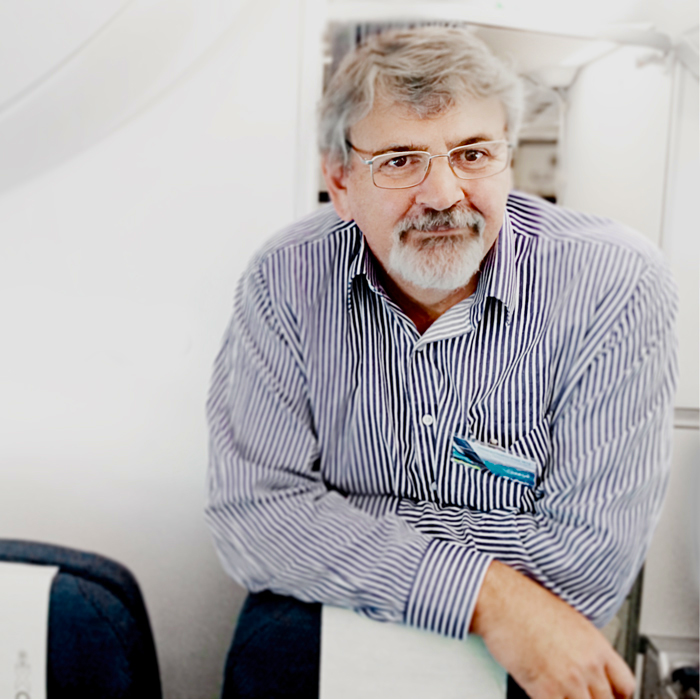Australian airports rate highly as the global sector prepares for further growth
Airports Council International director-general Angela Gittens is in Sydney to attend the International Air Transport Association’s annual meeting and has arrived at an opportune time.
With significant airport investment required globally to meet demand in the future, there is much to talk about.
Gittens says the eight Australian airports that are part of the global ACI Airport Service Quality program are rated good by their passengers.
Their work with government and airlines on waiting times for passport control, security and check-in earned them scores higher than the rest of the world.
It’s a strong position to start from as airports globally prepare for continued growth of aviation.
Gittens sees three ways in which airports will be able to accommodate growth that needs $US430 billion in investment and is expected to see passenger numbers double in 15 years.
These are improving the efficiency of existing infrastructure, protecting the infrastructure already there and building new infrastructure
“In some countries they need to build more airports but in the mature markets they actually have to become more efficient,’’ she says.
“Airports and airlines need to work more together. That’s why this contretemps over charges is kind of unfortunate. It’s a bit of a distraction.”
“In reality, behind the scenes, ACI and IATA are working together on a whole range of projects to make the system more efficient, more effective.’’
These include the New Experience in Travel and Technologies (NEXTT) project looking at how the industry and government can work together to take advantage of new and emerging technologies to make airport processes smoother, faster and cheaper.
Areas of interest here include off-airport processing and the use of biometrics to establish the identity of a passenger as they arrive at the airport and using this to allow them to move more efficiently through other processes.
The trick here, according to Gittens, is establishing a smoother passenger flow and minimise the amount of space needed for queues.
She sees ACI’s role as helping airports make sense of the changes and work up business cases for the various technological options.
“I think that some of the improvements that are being made are coming really fast,’’ she says.
“Biometrics technology, I think, has moved light years in the last couple of years.”
One change expected to arrive soon is “stand-off” processing where facial recognition systems can scan passengers while they’re still moving rather than requiring them to stand in front of a camera.
“They can keep moving and the sensors will be able to ascertain whether they belong in this space and it’s Ok for them to proceed, whether it’s through immigration or security,’’ she says.
“There will always be some kind of screening but at least in terms of allocating identity I think it’s not going to be long before a lot of airports are going to be able to adopt that kind of flow-through identity validation.’’
Other programs include data-driven aerodrome design that enables airports to gain more capacity with existing airfield infrastructure and a strategic review with IATA on worldwide slot guidelines that will involve airports in decision making.
Also important is the need to protect existing infrastructure from encroachment by incompatible development as well as the risks from climate change.
Gittens says it is important for airports to work with local communities on issues such as noise and emissions.
There’s bad news in that she doesn’t think that quieter aircraft such as the Boeing 787 and Airbus A350 necessarily mean fewer complaints.
Noise, she says, is tied up with fear of aircraft flying overhead and once people are sensitised “it doesn’t go away”.
“So as an airport you constantly have to work with your community to be a good neighbour.’’
By Steve Creedy
About Steve Creedy
 An award-winning journalist, Steve began covering aviation in the United States in the early nineties before returning to Australia later that decade and editing The Australian’s aviation section for 17 years. He is editor of Airline Ratings and has co-authored books on industry initiatives aimed at reducing greenhouse emissions.
An award-winning journalist, Steve began covering aviation in the United States in the early nineties before returning to Australia later that decade and editing The Australian’s aviation section for 17 years. He is editor of Airline Ratings and has co-authored books on industry initiatives aimed at reducing greenhouse emissions.
Steve has joined the AAA to write interesting and informative editorial on the aviation industry.





